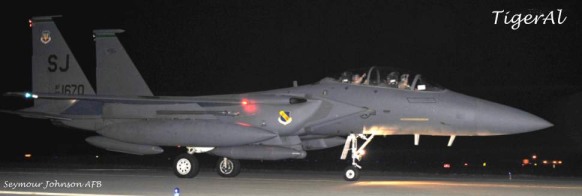 by Splinter562 » Thu Feb 11, 2010 1:32 am
by Splinter562 » Thu Feb 11, 2010 1:32 am
You're thinking of all the right things.
For a true VFR cross-country (no GPS), my general advice is to plot the straight line first. Then look for anything along the route that would make you want to deviate. That could be a number of things. Things you want to avoid: Airspace, mountains, long overwater segments, etc. Or things that would make navigation easier: a highway going in the same direction or an impossible-to-miss checkpoint. There are a few more steps after this before you've got a complete flight plan, but that's the basic idea.
As far as airspace, Class D you will usually be above in cruise and therefore isn't usually a concern. If it's easy to avoid, going around Class C will save you a few radio conversations, but usually it is not a problem to transition the airspace. Class B can be tricky as each one is set up a bit differently. In general, there are transition routes either beneath or through the airspace set up specially for VFR guys. It will save you a great amount of hassle to fly one them rather than try to transition directly through the airspace. Also as Rotty mentioned, there are other types of airspace which cannot be transitioned, and the only option is to go around.
As far as airways, if there is one close to your route an direction, it's acceptable to follow it. At a minimum make a mental note of it. The VOR can be an effective tool in aiding your navigation, especially in times of lowered visibility. The only caveat is that other traffic (IFR and VFR) will be on the same airway, so you have to keep your eyes open. It also means that you should be diligent to stay at the appropriate altitude for your direction of flight.










